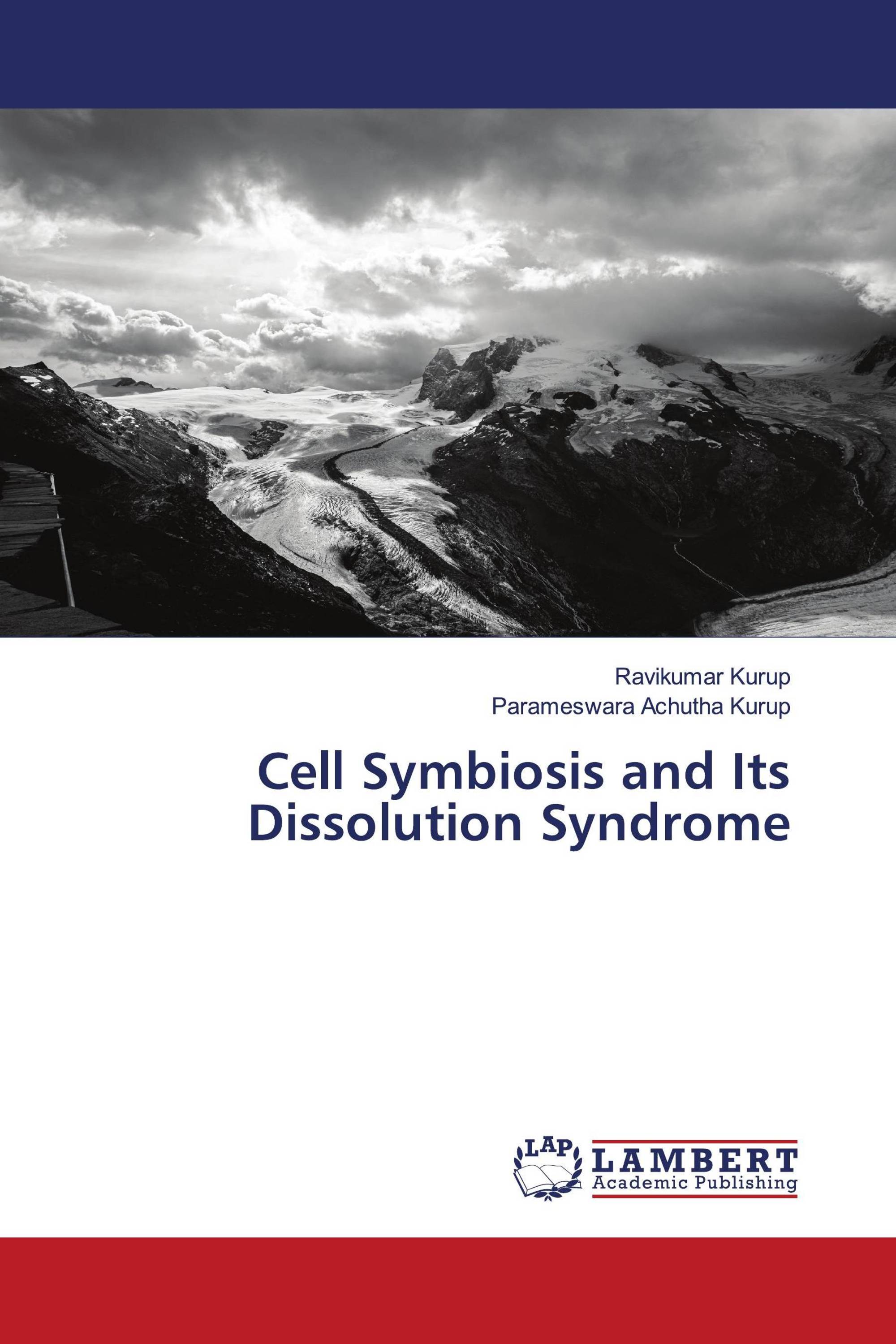Global warming leads to endosymbiotic archaeal growth. The endosymbiotic archaea produces methane by methanogenesis contributing to global warming. The endosymbiotic archaea develops into cell organelle called archaeaons which can function as vitaminocytes, neurotransminoids, steroidelle and viroidelle creating newer cell organelle and endogenous synthetic biology. This changes the cell and tissue function and structure leading on to a new human phenotype called homo neoneanderthalis. The new organelle that are developed can withstand climate change and fix carbon dioxide and ammonia leading to endogenous synthesis of carbohydrates and protein. The archaea forming new cellular organelle called archaeaons are extremophilic and survive in extremes of climate. The detection of free mitochondria, endosymbiotic archaea and cell-free DNA may indicate unraveling of the symbiotic cell. The unraveling of the symbiotic cell can be due to global warming and low level EMF pollution consequent to the widespread use of the internet.
Book Details: |
|
|
ISBN-13: |
978-620-7-47796-8 |
|
ISBN-10: |
6207477960 |
|
EAN: |
9786207477968 |
|
Book language: |
English |
|
By (author) : |
Ravikumar Kurup |
|
Number of pages: |
548 |
|
Published on: |
2024-04-03 |
|
Category: |
General Natural Sciences |




